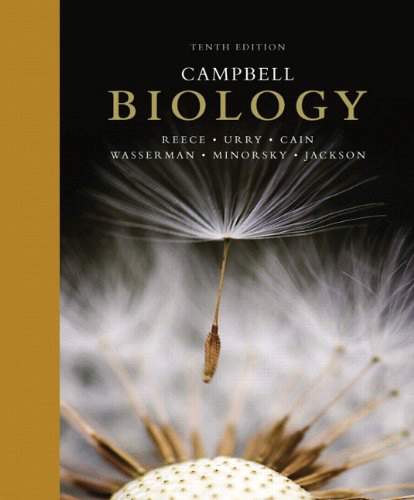Connecting...

This is a quick preview of the lesson. For full access, please Log In or Sign up.
For more information, please see full course syllabus of Biology
For more information, please see full course syllabus of Biology
Biology DNA
Lecture Description
In this lesson, our instructor Bryan Cardella gives an introduction no DNA. He discusses the role and characteristics of DNA, how it was discovered, nucleotides, the double helix, and nitrogenous bases. He then goes on to explain DNA replication and junk DNA.
Bookmark & Share
Embed
Share this knowledge with your friends!
Copy & Paste this embed code into your website’s HTML
Please ensure that your website editor is in text mode when you paste the code.(In Wordpress, the mode button is on the top right corner.)
×
Since this lesson is not free, only the preview will appear on your website.
- - Allow users to view the embedded video in full-size.
Next Lecture
Previous Lecture










































 Answer Engine
Answer Engine

1 answer
Mon Jan 9, 2017 12:03 PM
Post by Kapil Patel on January 8, 2017
I have a question Mr.Cardella can you tell me what is the function of Okazaki fragments? and where can we find the Okazaki fragments
1 answer
Thu Jan 14, 2016 2:02 PM
Post by Jinhai Zhang on January 13, 2016
Prof.
Do have lectures explain the telomere of DNA replication?
3 answers
Sat Oct 11, 2014 12:33 PM
Post by King Calculus on October 9, 2014
My question is this:
Is this going on in every cell in my body, even in brain cells?
Also, is the cell structure the same even in my brain? Such as mitochondria and all the DNA replications?
Thanks
0 answers
Post by Lilian Comparini on March 14, 2014
You are not only brilliant and a great teacher, but hilarious as well.
0 answers
Post by Lilian Comparini on March 14, 2014
omg I fell out of my chair laughing at the library with that country song!!